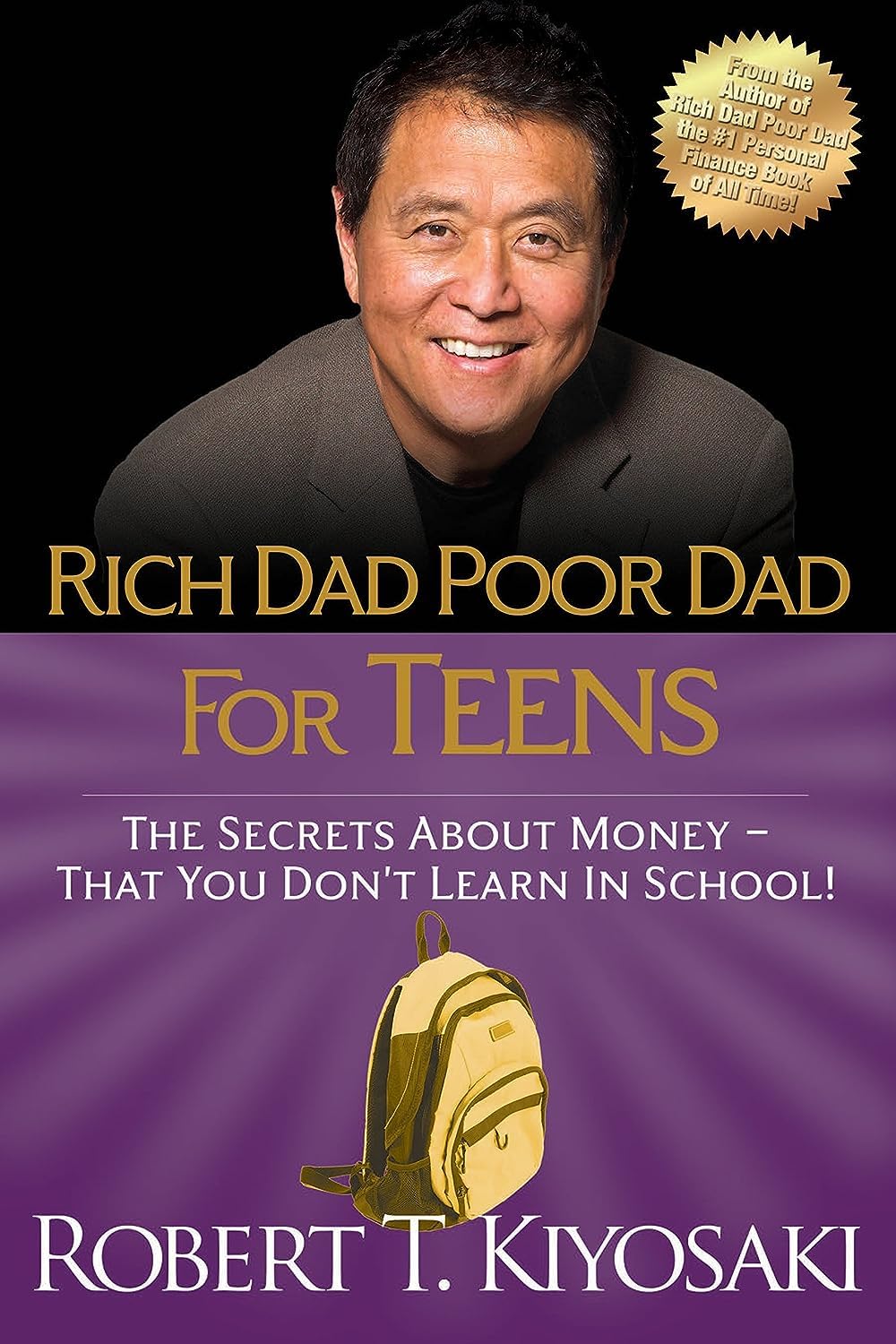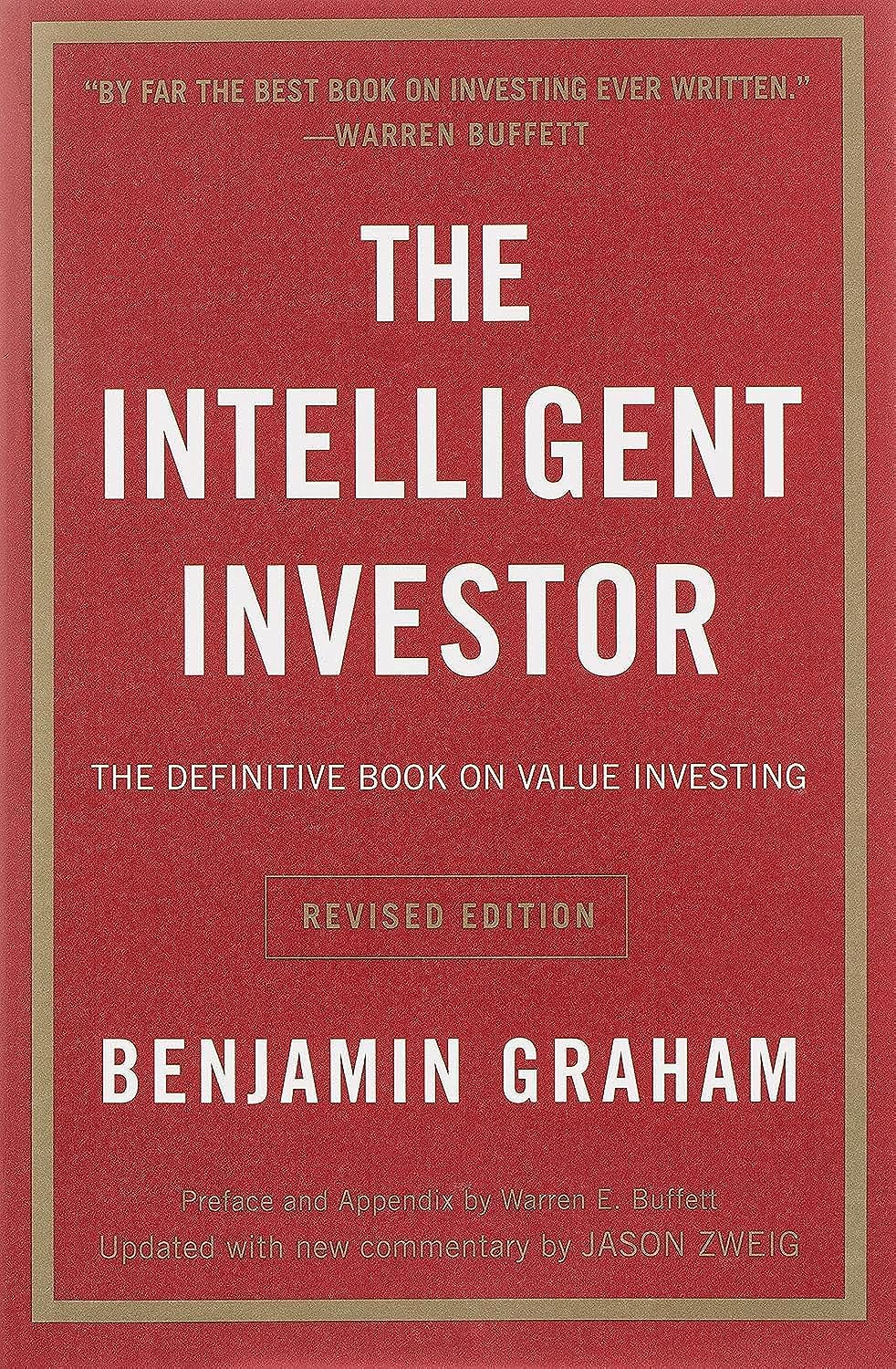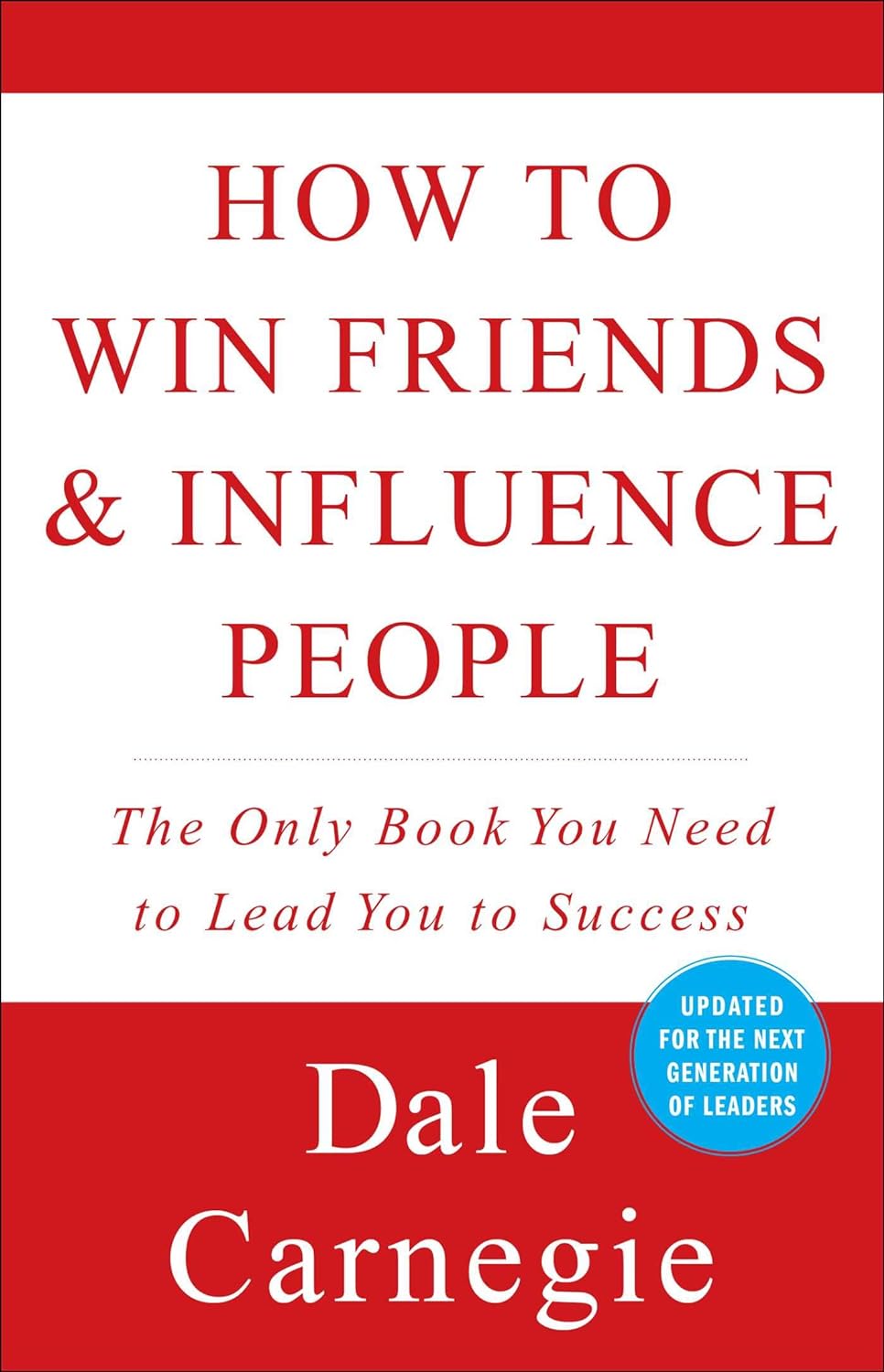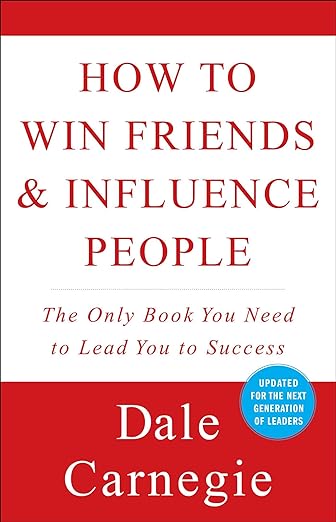The Rich Dad Poor Dad for Teens is a highly recommended book for those seeking financial wisdom and guidance outside of traditional school education. Written by Robert T. Kiyosaki, this book offers valuable insights into money management and investing. In this review, I will share my personal experience with the book and provide a conclusion based on its content and impact.
As someone with an entrepreneurial mindset, I have always been eager to learn about personal finance and how to achieve financial success. The Rich Dad Poor Dad for Teens has been a solid choice for me in gaining a deeper understanding of money management. Kiyosaki shares his own childhood experiences, comparing and contrasting the mindsets of his rich dad and poor dad. This perspective offers a unique insight into the impact of different financial mentalities.
While reading the book, I couldn’t help but question whether Kiyosaki truly had such articulate and insightful thoughts as a child. However, this did not detract from the overall content and value of the book. It serves as a reminder to approach any book with critical thinking and take what resonates with you.
The Power of Rich Dad Poor Dad for Teens
Rich Dad Poor Dad for Teens is a powerful book that offers valuable insights about money that are not typically taught in school. Written by Robert T. Kiyosaki, this book provides a unique perspective by comparing and contrasting the mindset of his rich dad (his friend’s dad) and his poor dad (his own father). Kiyosaki shares how these different influences shaped his life and led him to success as a businessman and author. This book is a must-read for entrepreneurs and anyone looking to gain a deeper understanding of finances and investing.
A Motivating Read with Practical Advice
Rich Dad Poor Dad for Teens offers motivation and encouragement to invest in oneself from an early age. Kiyosaki emphasizes the importance of consistently investing in oneself throughout life, creating a nest egg that generates income. While the book may not offer specific investment advice, it provides straightforward principles for financial success. Kiyosaki suggests writing a check to your investment accounts before spending on anything else and highlights the benefits of starting early. Although the book can be repetitive at times, it serves as a reminder to prioritize personal investment and provides valuable insights.
Additional Options to Consider
While Rich Dad Poor Dad for Teens is a solid choice, there are other books worth considering for a comprehensive understanding of personal investing. Retire Before Mom and Dad: The Simple Numbers Behind A Lifetime of Financial Freedom by Rob Berger takes a different approach by focusing on the economics of personal investing. It provides practical advice that is easy to understand and implement, making it ideal for those new to personal investing. Both books offer valuable perspectives on investing, entrepreneurship, and education.
Empowering Financial Literacy for Teens
Rich Dad Poor Dad for Teens is an excellent resource to teach teenagers about financial literacy. As financial education is not typically taught in schools, this book fills a crucial gap in their knowledge. Whether given as a gift or read alongside a parent, it can spark a young person’s interest in becoming financially responsible and setting themselves up for success. The book’s engaging content and relatable examples make it an enjoyable and informative read for teens.
A Compact Size with a Powerful Message
Rich Dad Poor Dad for Teens may be small in size, but it packs a punch with its valuable insights. Despite its compact dimensions, this book offers golden nuggets of financial wisdom. It serves as a condensed version of the original Rich Dad Poor Dad book and The Richest Man in Babylon, making it an ideal introduction to essential financial concepts. Its concise nature allows for easy comprehension, making it accessible to young readers and busy individuals alike.
Realizing the Impact of Financial Education
Rich Dad Poor Dad for Teens has the potential to make a significant impact on its readers. By listening to the audiobook or reading the book together as a family, even if children pretend not to listen, it can foster important discussions about assets versus liabilities and the importance of financial literacy. This book challenges the traditional education system’s approach to preparing individuals for real-life situations. It encourages readers to become self-educators and take control of their financial future.
Pros:
- Provides valuable financial education for teenagers.
- Written from the perspective of the author’s personal experiences.
- Encourages the development of an entrepreneurial mindset.
Cons:
- Lacks specific investing advice.
- Can be repetitive in its messaging.
- Some readers question the authenticity of the author’s childhood experiences.
Read also:
- Discover the Power of Rich Dad Poor Dad
- Access Books Free: A Roundup of Valuable Resources for Financial Knowledge
Conclusion
In conclusion, The Rich Dad Poor Dad for Teens is a book that has earned its place on the shelves of entrepreneurs and individuals seeking financial knowledge. While it may not provide specific investing advice, it serves as a motivational tool to invest in oneself and develop a mindset focused on financial success. For those who already have a basic understanding of personal investing, reading the first few chapters and skimming the rest, along with the chapter summaries, can save time.
As an alternative, I would also recommend checking out Retire Before Mom and Dad by Rob Berger, which offers a different approach to personal investing with a focus on practical strategies and a lighthearted tone.
Overall, The Rich Dad Poor Dad for Teens is a valuable resource that can help individuals gain a better understanding of financial literacy and set them on the path to financial independence. Whether you read it for yourself or share it with a teenager in your life, this book has the potential to make a positive impact on one’s financial journey.
Questions & Answers:
Question: Does the book offer practical investing advice?
Answer: No, the book focuses more on the importance of investing in oneself rather than providing specific investment strategies.
Question: Is the book repetitive in its content?
Answer: Yes, some readers find that the author repeats the same concepts throughout the book.
Question: Are the author’s childhood experiences genuine?
Answer: Some readers question the authenticity of the author’s childhood experiences, but it does not impact the overall content of the book.



